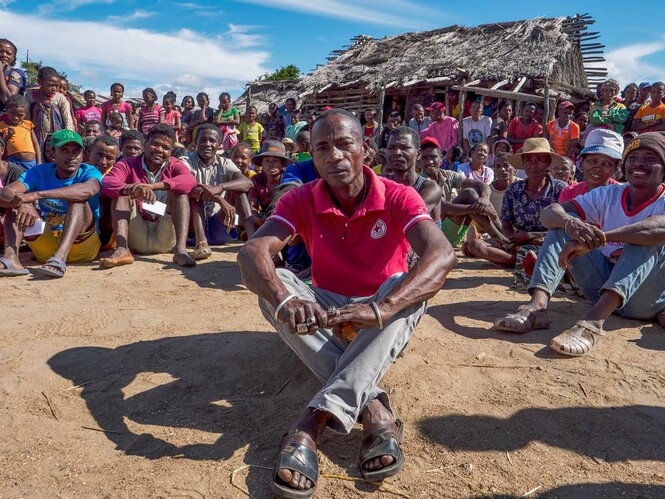
Many communities are being affected by concurrent and consecutive disasters, leaving them with little time to recover before the next shock arrives. Therefore, in parallel with ongoing efforts to reduce or prevent it, there is a need for us all to adapt to our changing climate.
This is why the International Red Cross and Red Crescent Movement is working to reduce vulnerability and exposure to the impacts of climate change in both rural and urban settings by scaling up disaster risk reduction (DRR) and climate change adaptation (CCA) activities.
The new Guide provides National Red Cross and Red Crescent Societies with accessible and concise information about international climate change and disaster governance.
As auxiliaries to their governments in the humanitarian field, National Societies are in a unique position to influence and support governments in relation to the climate change and environmental crises.
Through their community-based activities, National Societies are valuable partners in the implementation of international commitments on DRR and CCA made under the Paris Agreement, the Sendai Framework for DRR and the Sustainable Development Goals.
The Guide begins by providing an overview of the key terms, instruments and organisations relevant to this topic. It then provides answers to key questions that National Societies may have about international climate change and disaster governance, such as what their role is in supporting their governments in this field.
While many National Societies already actively contribute to CCA and DRR objectives, reading this Guide may help them to further expand their knowledge about addressing climate and disaster risks in a sustainable way, with the ultimate aim of enhancing communities’ resilience to extreme events.